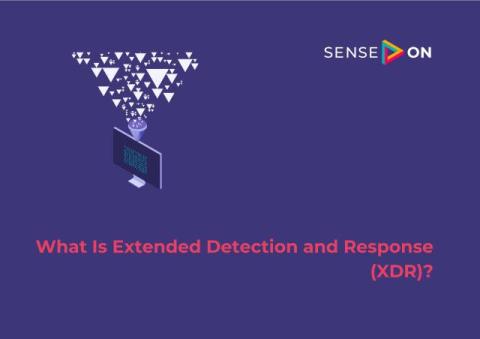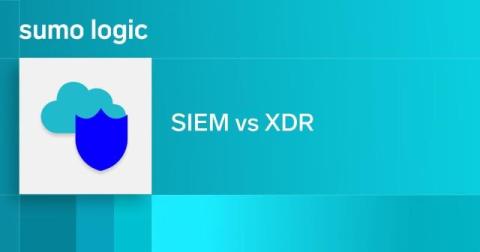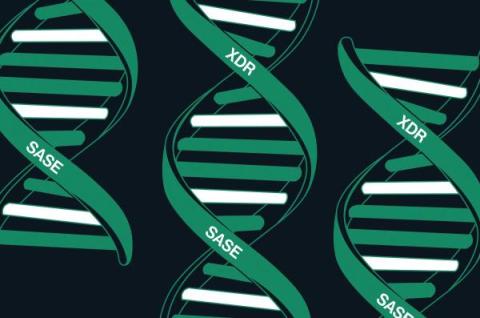What Is Extended Detection and Response (XDR)?
Extended detection and response, better known as XDR, is a security technology that combines multiple point solutions, including but not limited to endpoint protection and endpoint security tools, into a unified incident detection and response platform. First described in 2018 by Palo Alto Networks' CTO Nir Zuk, XDR collects, correlates, and contextualises alerts from different solutions across endpoints, servers, networks, applications, and cloud workloads.











